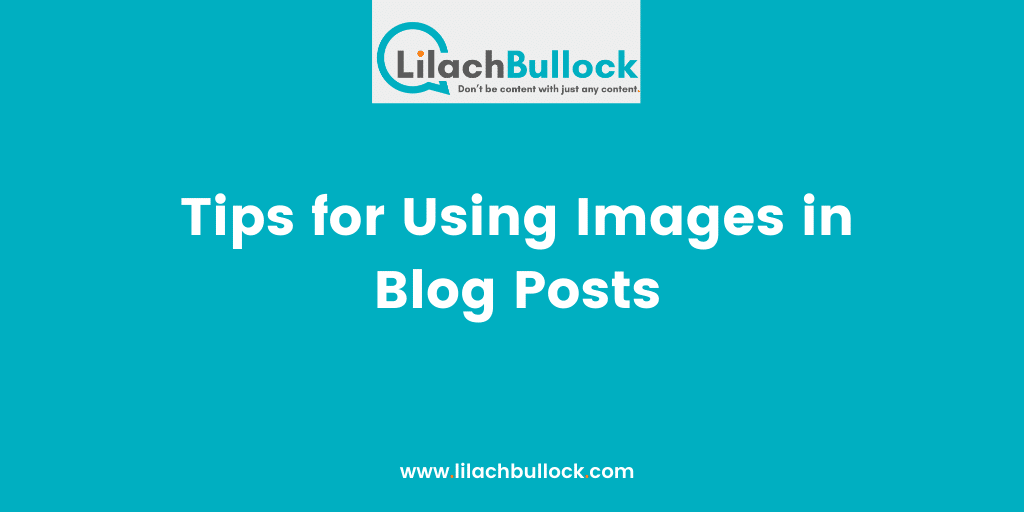Follow Lilach

Tips for Using Images in Blog Posts
According to research by Xerox, adding a visual element to the text increases the likelihood that it will be read in full by 80%. Experts from BufferApp state that visual content is shared on social media 40 times more often than any other piece of information. Images enrich the text, make it look more attractive, and help you understand the material faster. If you are going to add some visuals to your blog, we have prepared some tips on how to attract the reader’s attention, find proper images, and correctly place visual accents in your blog posts.
Engage Your Readers Max
The combination of an image and a text wins even over video because it allows people to get an idea of the content almost instantly. Visuals (even free images) solve a variety of tasks:
- introduce the main theme of the post;
- improve the presentation of the information;
- reinforce, confirm or replace the text where necessary;
- attract attention and evoke a response from a reader.
So that images do not interfere but help to perceive the information on the page better. For your visual content to provide emotional engagement, it must be of high quality. Let us explain what this means.
High Resolution
Some CMS automatically optimize images — reduce their resolution and weight so that the site page loads quickly. However, it is not so in 100% of cases. So it is better to optimize the images manually using special services.
For a full-screen image, the minimum size is 1600 pixels, and the Full HD (1920×1080) format is optimal. You can change the size of the image in graphics editors. To reduce the weight of a high-resolution image, you can use dedicated online services. There are many of them.
Aesthetics
Apart from the technical side, the aesthetic element is essential as well. Images must be clear, sharp, and meet the following requirements:
- Have natural colors. Photos that are oversaturated in color look unprofessional;
- Convey both volume and perspective. Avoid perspective distortion and flat photos;
- Have the correct exposure. An image should not be too dark or overexposed;
- Be “clean.” Avoid digital noise, graininess, pixelation, or highlights.
The above is especially relevant to documentary and artistic photography. In some cases, some rules can be ignored.
SEO
Illustrations and images are useful not only for the readers of your blog but also for SEO. With the right approach to image optimization, you can get high-quality traffic from search engines. It is crucial not only to post visual content but also to make sure that search engines can understand what is depicted on every image and link it to relevant search queries.
Ready to Use Images in Your Blog Posts?
It is essential to understand that choosing pictures for a blog means working hard. Like other stages of site development, this is a laborious process that often takes a lot of time and effort. Follow the above tips, and you will always know what image will work for your blog post and which one should be replaced.

Follow Lilach















